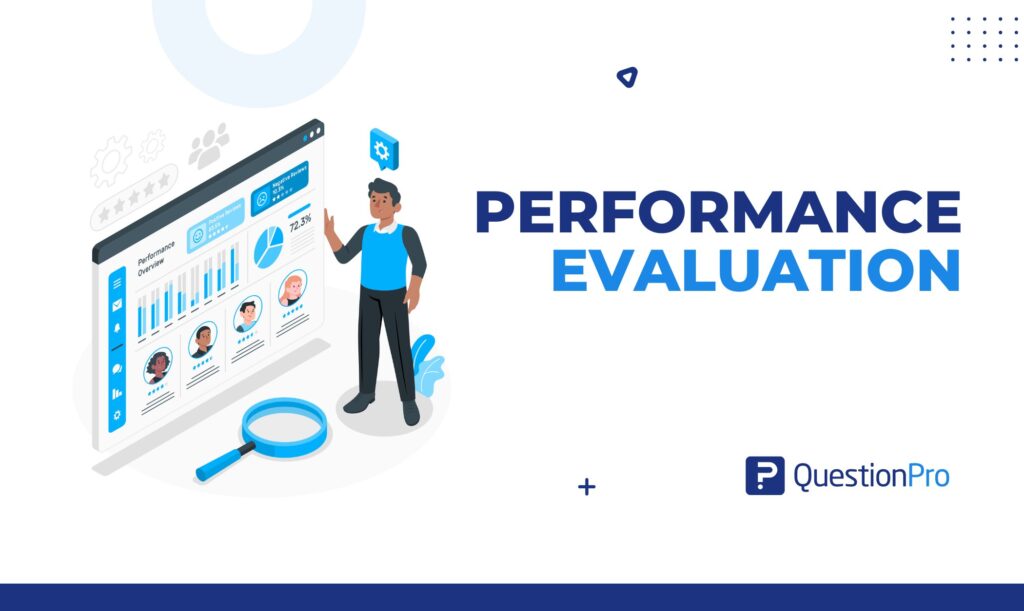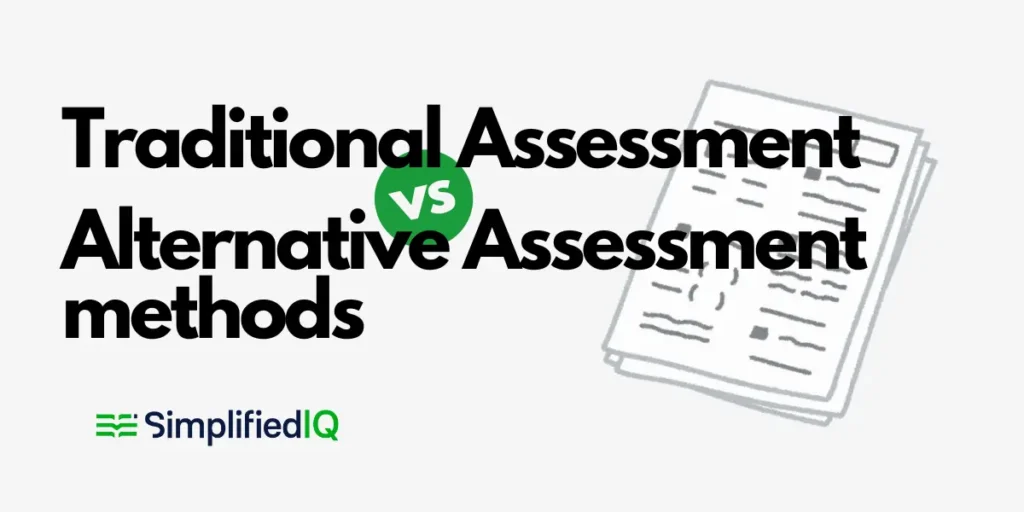Table of Contents
Introduction to RaterPoint
Amid the currents of today’s business world, monitoring and evaluation of employees is more pertinent than ever. These activities not only influence the growth trajectories of employees and organizations but also serve as predictive metrics for performance and potential. However, most evaluation frameworks continue to stagnate, with employees feeling demoralized and managers increasingly exasperated.
No need to worry though, help is here. CenterPoint is the latest, cutting-edge answer to streamlining employee evaluation and redefining assessment insights beyond traditional methodologies. With this platform, evaluation becomes easier and more effective, with powerful insights unlockable at the click of a button. The result? Growth and development aligned with a self-sustaining, positive organizational culture. Wonder why this tool is resonating with so many industries? Let’s find out together!
The Importance of Employee Evaluations

Assessing the productivity of workers is an essential part of any organization and gaps in performance as well as strengths are identified through evaluations. Policies aimed at frequent assessments as provided in the evaluations foster a systematic approach towards work by the employee, leading to enhanced productivity. Comments provided serve as tools for self-improvement. Further, morale levels can be improved by recognizing hard work. This positivity will encourage an employee to remain engaged and contribute to the organization.
Such policies also ensure that the interests of employees and those of the organization are aligned. Such synergy is critical for the success of the Company. Constructive feedback provided during employee evaluations facilitates communication and strengthens the bond between management and subordinates. Such practices nurture transparency and trust within the organization.
Common Issues with Traditional Evaluation Methods

As mentioned previously, traditional evaluation techniques place undue importance on annual reviews. This single review approach can limit perspective to a specific range or view; in this case, an employee’s performance. There is little scope for appreciation within the year, as feedback is limited.
Subjectivity in evaluation is a major problem as well. Managers tend to operate with undue personalization, which can inevitably introduce bias into how they evaluate employees. This accounts for skewed assessments that do not properly represent the value an employee brings to the firm.
The absence of real-time feedback is yet another issue. If an employee is only provided with comments after a full year, they lose the opportunity to improve within the year. Such situations can cause irritation and reduced productivity. Lack of consistency within departments adds another level of complexity. Different managers pose different standards; this can create a paradox about what is considered a success in the firm. Employees willing to better themselves by advancing in skill sets and roles are likely to be adversely affected by the limits set by traditional methods which tend to focus solely on past performance instead of future potential.
How RaterPoint Solves these Issues
The unique features of RaterPoint revolve around the issues that its technology solves with traditional employee evaluation methods. It makes the entire process much easier than traditional methods. RaterPoint tracks peer and managerial feedback in real-time. Unlike annual reviews that lack timely information, open RaterPoint features to ensure its culture revolves around honest and continuous engagement. The analytics features within the tool are revolutionary. These allow organizations to effortlessly monitor their employees’ performance over a given period which eliminates guesswork when identifying strengths and areas for improvement.
Moreover, fair assessments that reflect actual performance instead of relationships with superiors and colleagues are guaranteed by the anonymity of the rating system which increases honesty in the provided opinions. Customizability makes it possible to incorporate a complete top-down evaluation with bottom-up feedback ensuring that the evaluation meets company needs while still being relevant to individual roles.
Features and Benefits of Using RaterPoint
RaterPoint provides features such as an interface that allows for easy navigation intended to streamline the evaluation process. Employees can make strides towards improvement on a real-time basis as opposed to waiting for annual reviews. RepeaterPoint’s tools are flexible to different roles and industries which guarantees adaptations are accurate: evaluations are relevant and specific. Comprehensive reports derived from data, and guesswork-free lab-based evaluation provide insight concerning performance trends and aid organizations make informed decisions.
The seamless experience integration of HR systems aids in optimizing productivity while reducing admin-heavy burdens of HR System Integration.
Evaluations are accessible while sensitive information remains concealed which demonstrates RaterPoint’s dedication to data security and user privacy.
Success Stories from Companies Using RaterPoint
RaterPoint has streamlined the evaluation procedures and, in the case of a large technology company, improved engagement scores by 30% after employing RaterPoint’s feedback system.
Incorporating data-driven performance management helps reduce bias in performance reviews. This, together with improved management, was achieved by an international retail chain that used RaterPoint’s evaluation standardization for its global workforce.
With RaterPoint’s intuitive interface, a healthcare organization reported value-adding conversational hours with team members rather than administrative tasks, streamlining paperwork workflows during the annual review cycle. Such examples highlight RaterPoint’s versatility across industries. The outcomes demonstrate the effectiveness of smarter evaluations powered by innovative technology.
How to Get Started with RaterPoint
The degree of difficulty associated with RaterPoint is very low since it’s easy to use. Start by registering for an account on the official website, which only requires relevant details.
After completing registration, tour the dashboard, where an orientation to its features will support smoother platform adoption. Then adjustment of the evaluation templates to your organizational context should follow. The organization’s goals can be achieved by changing questions and criteria to fit them perfectly.
Always remember the training materials offered on RaterPoint’s website. The additional materials’ best practice guides greatly enhance understanding of user webinars.
Invite team members to join and engage them in setting up their profiles. Ensure user comfort for all horizontals to enhance evaluation productivity through early collaborative onboarding of everyone.
Conclusion: Why RaterPoint is the Top Choice for Smarter Evaluations
RaterPoint is an effective solution for evaluations in an employee’s ever-evolving workplace. Unlike traditional evaluation methods, RaterPoint offers a new way of assessing employee performance which is far more dependable and efficient. With enhanced communication, streamlined processes, and relevant actionable insights, RaterPoint arms organizations to make informed decisions. Businesses that have adopted the platform showcase its potential to foster growth, motivation, and improved teamwork, therefore proving that it works.
What stands out about RaterPoint is the clarity and precision offered within evaluations. RaterPoint has established itself as a go-to solution for enhancing evaluation practices. The need for businesses to effectively adapt and utilize tools in the current competitive environment makes RaterPoint the best choice. Inty meets innovation and therefore offers smarter evaluations with RaterPoint.
